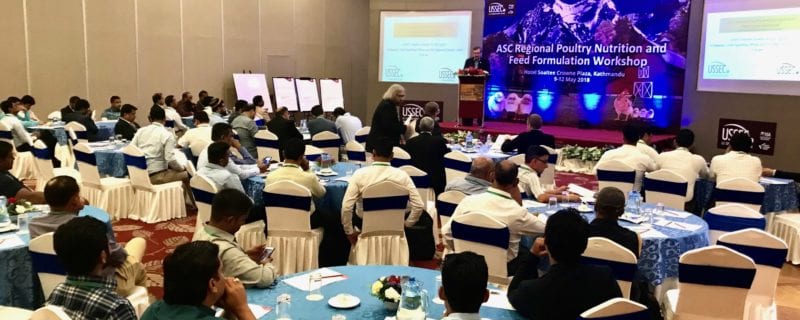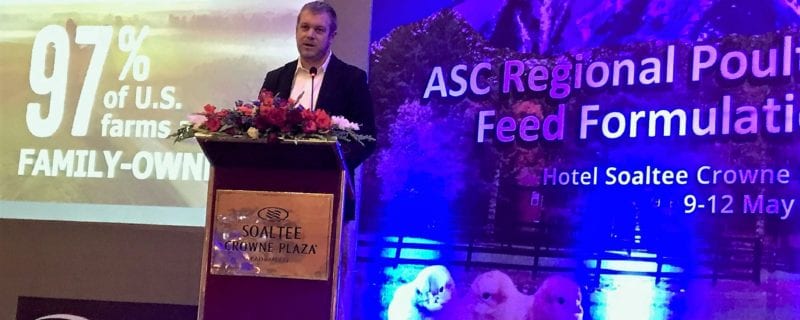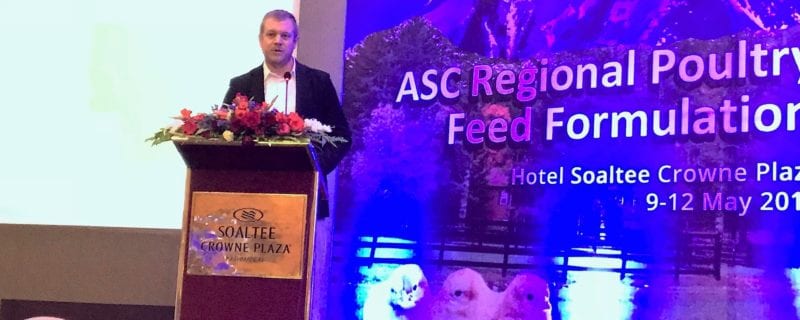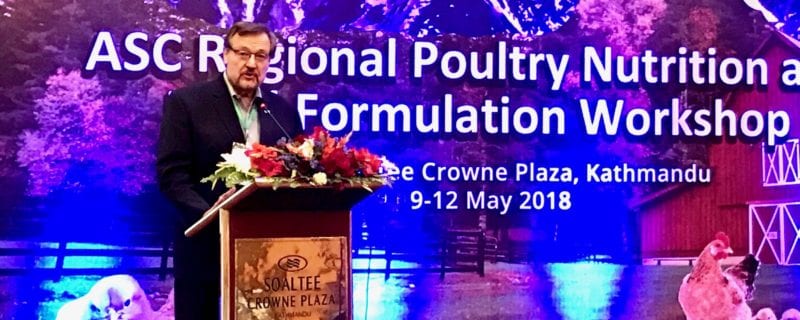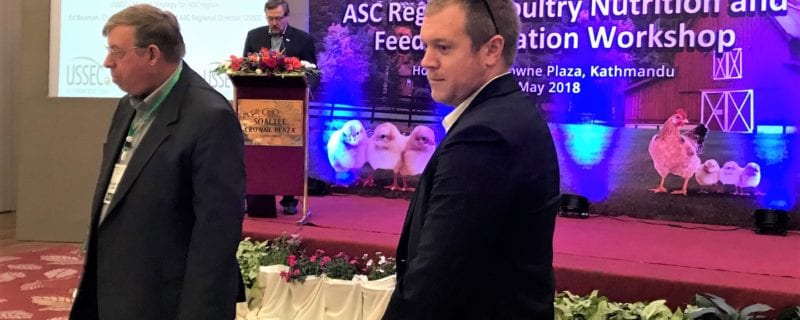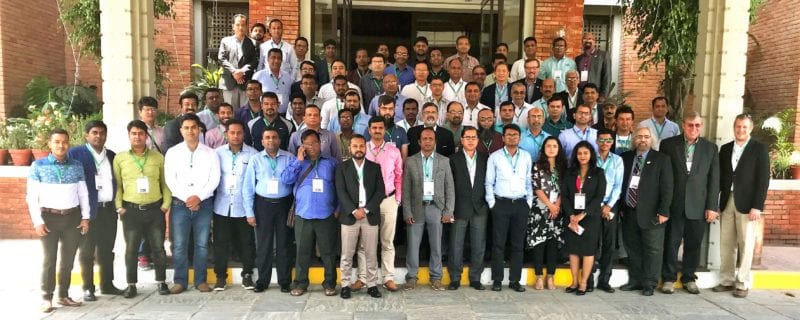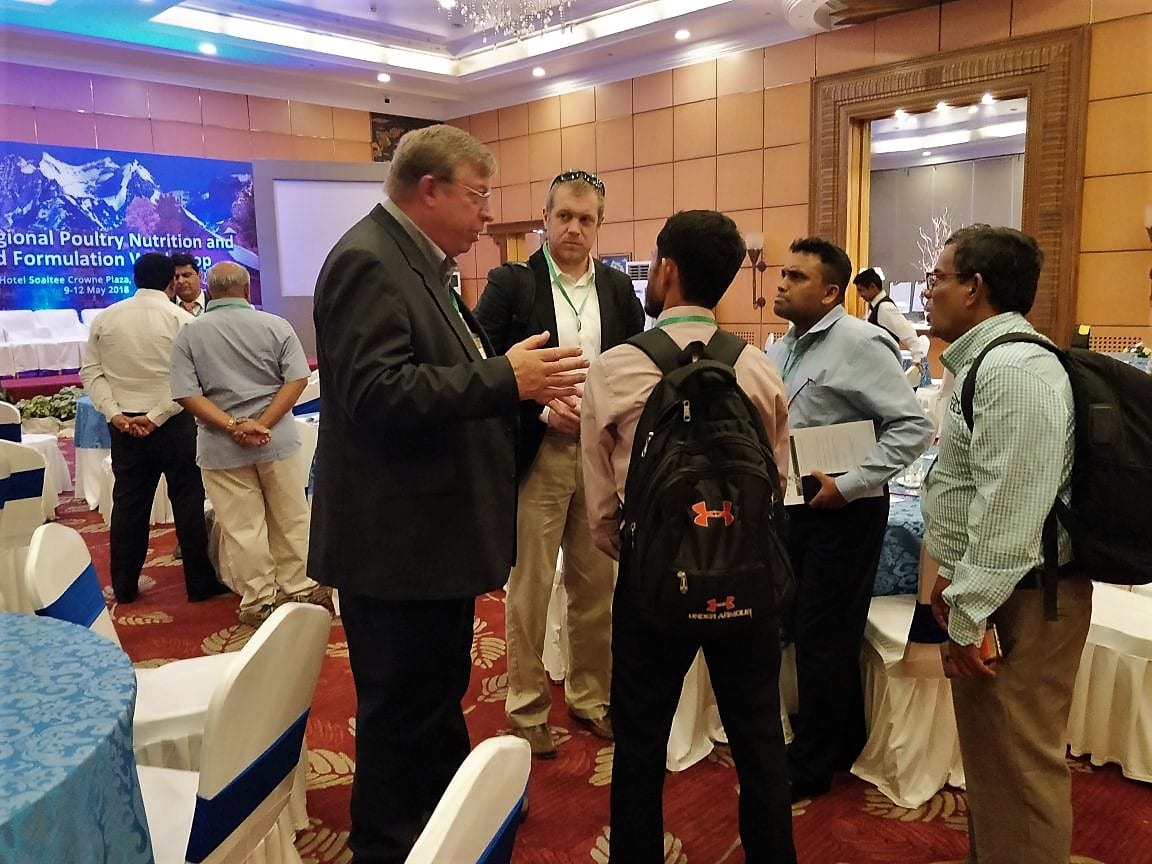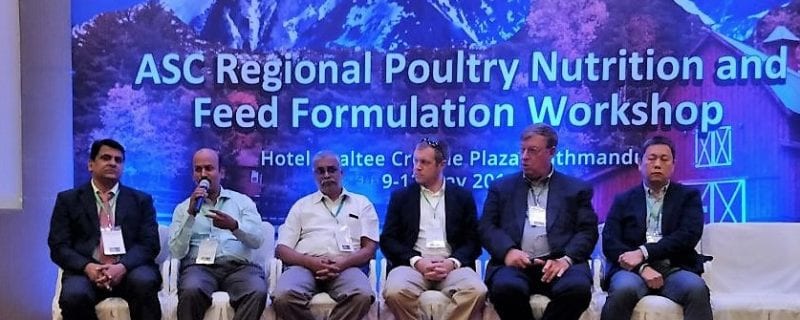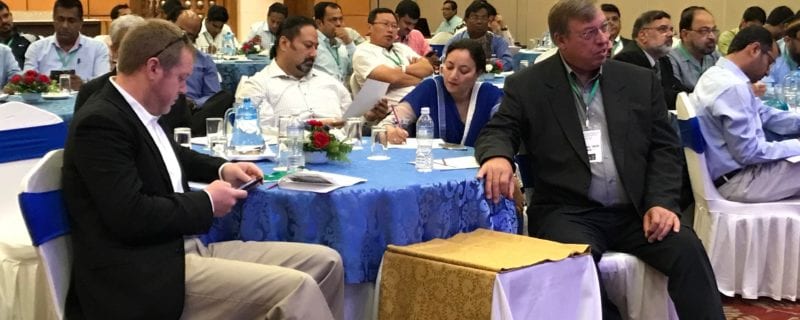U.S. Soy Grower Leaders Participate in USSEC’s ASC Regional Poultry Nutrition and Feed Formulation Workshop in Nepal
- Category:
- Animal Utilization
- General News
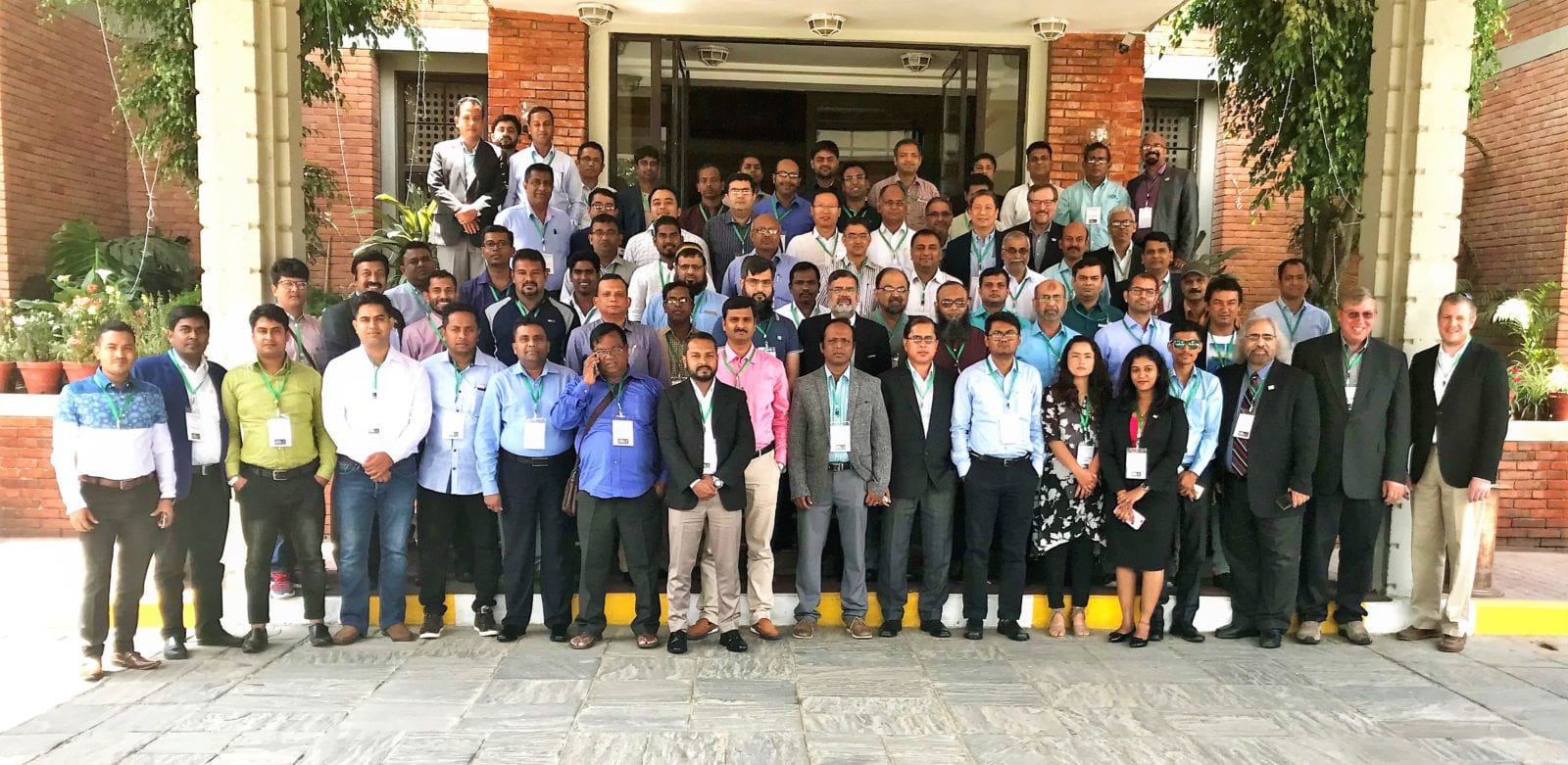
USSEC – Asia Subcontinent (ASC) focuses on helping poultry feed millers improve their skills and knowledge on poultry nutrition and feed formulation techniques as an ongoing strategy. In this basic market region, there is plenty of room for improvement in nutrition knowledge and increasing the inclusion levels of soy meal in poultry diets. The poultry sector, in addition to aquaculture, is a socially and culturally accepted meat production sector in ASC, thus offering the largest potential for use of soy meal in feeds. According to the US. Department of Agriculture (USDA) data, about 3 million metric tons (MMT) of total soy meal is used in the poultry sectors of Bangladesh, Pakistan, Sri Lanka, and Nepal of which 1.7 MMT is U.S. soy meal used.
In order to build further value and preference for U.S. soy meal in poultry diets, USSEC conducted a regional workshop in Kathmandu, Nepal for key poultry nutritionists, formulators, and purchasing managers. About 60 participants representing Bangladesh, Pakistan, Nepal, and Sri Lanka attended the two-day workshop.
USSEC Deputy Regional Lead – ASC Vijay Anand, welcomed the gathering to the workshop, stating that 33 MMT of poultry feed is produced in the ASC region. He focused on how nutrition can help harness the fullest potential of bird genetics and makes poultry operations as profitable as possible. USSEC Senior Director – Basic Market Development & ASC Acting Regional Director Ed Beaman reflected that ASC is an important marketing region. Given USSEC’s enhanced international marketing plan, added attention will be paid to this region in an effort to obtain a win-win situation for ASC and the U.S. Soy industry.
United Soybean Board (USB) director and Pennsylvania farmer Andy Fabin spoke about 2018 planting intentions. ASC customers obtained insights on how U.S Soy farmers plan for future operations. He stressed that U.S Soy farmers always try to “grow more using less” resources, and that USDA spends millions of dollars in conservation programs, which in turn have a bearing on sustainability. He also spoke about his own soy processing facility, which caters to specific meal orders placed by the poultry industry. The fact that Mr. Fabin is a third generation farmer instilled confidence in ASC customers that U.S Soy farms can continue to serve a growing global market for soy for many generations to come.
American Soybean Association (ASA) director and Mississippi farmer Willard Jack made an impactful presentation, which largely focused on the use of data and technology on soy farms. Mr. Jack drew comparisons of advanced technology between a feed mill / poultry farm and a soybean farm, saying that similar levels of advanced technologies are applied on his farm, too. He spoke about how biotechnology helps make a better product and talked about the high level of interest and investments in R&D that assist the continuous improvement of the U.S. Soy industry. He also showed data on how soy yields have increased from 1981 to today, a direct result of these efforts.
Dr. Ariel B Carlos from the Philippines and Dr. Sudipto Haldar from India were the main resource persons on poultry nutrition and formulations at the workshop. They covered need-based topics for the ASC region were designed, discussed and covered. Some of the topics discussed the lines of correlation between crude protein content and the nutritive value of U.S. soybean meal; understanding differentiation from two perspectives – a) de-hulled versus non-de-hulled soy meal and b) U.S. meal advantages versus meals from other origins; concept of concentrates in poultry feeding; managing broiler breeder nutrition for a higher number of hatching eggs and good quality chicks; basics of poultry feed formulation tools; demonstration of a sample broiler feed formulation; advice to look critically and more deeply while selecting protein sources for broiler feeds in reference soy meal. Each day’s presentations were followed by a panel discussion. The session had some interesting discussions where the resource persons and the U.S. Soy grower leaders participated and answered questions or made suggestions. USSEC’s ASC consultant Pawan Kumar helped moderate the panel and technical discussions and conduct the two-day workshop.
Total imports of U.S. Soy into the ASC region stood at 1.58 MMT as of March 2018 (September-February) against last year’s total at 1.96 MMT. It is believed that varying tactics, improvements in programming efforts, and new strategies will continue to help improve market share for U.S Soy.
